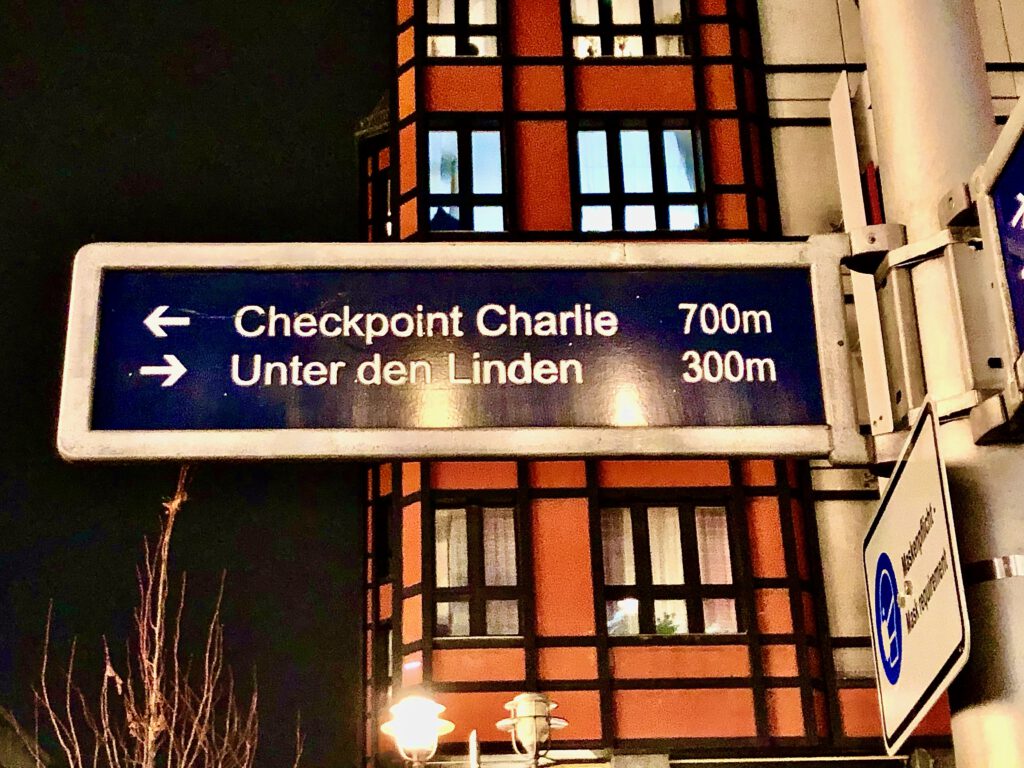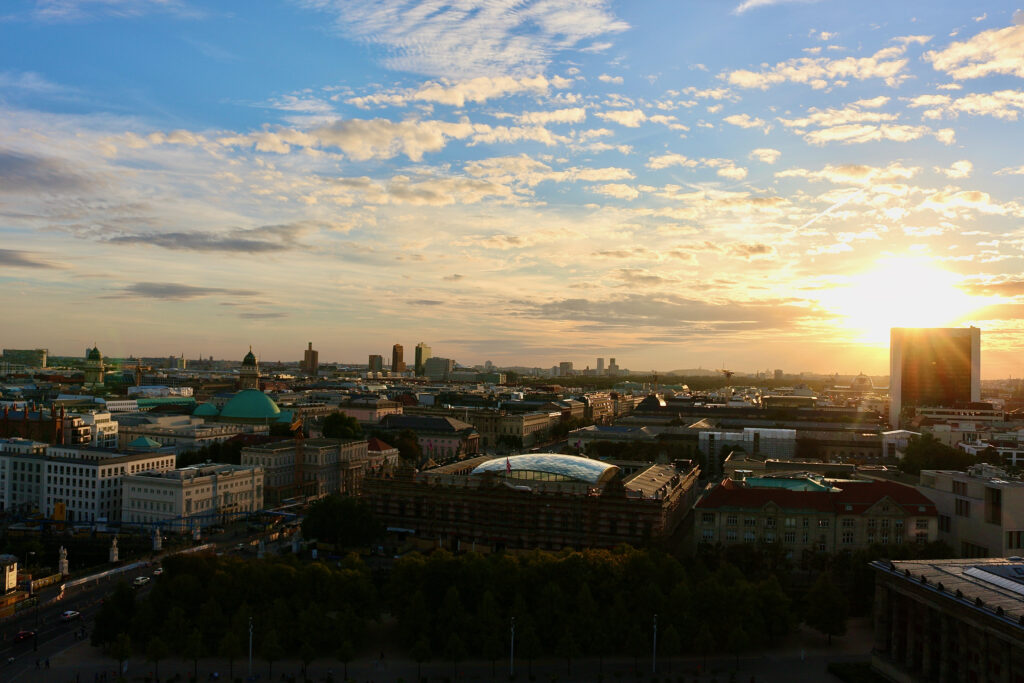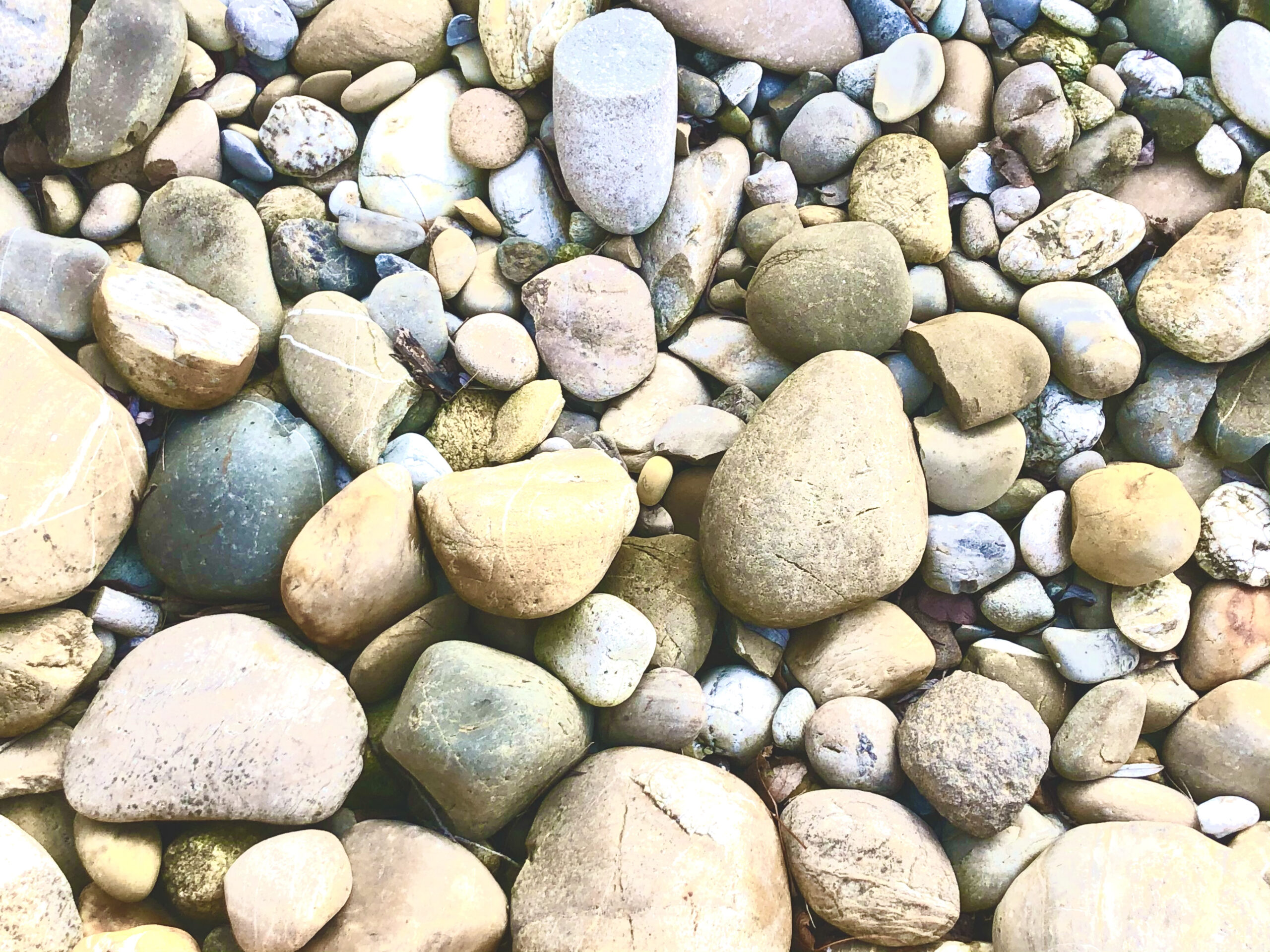Saphenion® – 100 months VenaSeal® glue: The history
Saphenion® – 100 months VenaSeal® glue: We have been performing vascular and varicose vein operations for 32 years. Starting in August 1988 as an assistant doctor at the Charitè in Berlin, vein surgical interventions played a dominant role, „stripping“ was considered a good training operation. With further training in the field of vascular surgery from 1994 to 1996 (Malente Vascular Clinic, University of Cologne), the radical surgical extraction of varicose veins played an essential role in our daily work.
At the same time, catheter therapy also found its way into the work of vascular surgeons. Initially, however, only in the arterial system. We got to know these techniques for the first time at a workshop at Stanford University in San Francisco and then, after a trainee phase at the Herzzentrum Berlin-Buch, introduced these arterial catheters into our daily work on the arterial system at Gransee hospital vascular department. This was true both in the clinic and then in 1997 with the opening of our vascular surgery practice at Checkpoint Charlie in Berlin.

In the venous system, radical therapy was initially continued on the truncal varicose veins. Between 1988 and 1997, we treated around 4000 patients by pulling out the varicose veins, then – in our own practice – another 10,114 operations with this surgical technique followed by 2012.
Saphenion® – 100 months VenaSeal® glue: In medical history, 1999 marked the beginning of catheter therapy in the venous system. Both the first radio wave catheters and laser fibres were approved for the treatment of varicose veins. We saw in this, as with the catheter for the arteries, a clear advantage for the vascular patient. We, therefore, started very quickly with the laser in 2002 and treated the varicose veins increasingly with the catheter until 2008 (a total of 2100 patients). However, in those years there was still the primacy of radical stripping op. In 2008 we replaced the laser catheter with a radio wave system (over 2,800 patients to date). And we were increasingly asked about these new catheter techniques by our patients.
Saphenion® – 100 months VenaSeal® glue: The beginning
In August 2012 we started with the VenaSeal® system as the third practice in Germany (after Dr Pröbstle, Mannheim, and Dr Ahlm, Hamburg). The reason for this change of therapy was the opening of our second practice location Saphenion® Vein Center Rostock on August 1st, 2012. We wanted to get away from anaesthesia and extensive anaesthesia, so the VenaSeal® – system seemed to us to be a very good alternative, as it does not work with thermal energy. From the beginning, we kept comprehensive statistics on the technique of the method, the successes and failures, side effects and complications, and pain and convalescence. After the ever-greater experience with the new system, this also led to adjustments and therapy extensions.
And it turned out to be a small success story because the vast majority of our patients were and are very satisfied with this cold (non-thermal) treatment technique without anaesthesia or surface anaesthesia (non-tumescent). And another advantage that we only really noticed when we were writing this summary. 1509 patients for 100 months, which seems little compared to the figures for the other methods. Nevertheless, it shows a great advantage of the VenaSeal® catheter – we treat all of our patients‘ affected saphenous veins in one session. In 72% of all patients, more than one saphenous vein was treated in one session, in one case 6 saphenous veins were treated simultaneously. This is not possible with the other methods – for completely different medical and administrative reasons. And this was the only way we were able to treat a total of 2912 saphenous veins during the therapy period.
Saphenion® – 100 months VenaSeal® glue: The summary
After 18 years of working with catheter technology for truncal varicose veins: Our experience with endovenous therapy and especially with vein glue VenaSeal® makes it our basic therapy for truncal varicose veins (GSV, SSV, VSAA, Fempop). Radical surgical therapy is only really necessary in rare exceptional situations. Statements made to the contrary by experts, colleagues, and health insurers in this regard should be critically examined after the long period of use (20 years catheter, 9 years VenaSeal®) and the available scientific work.
The VenaSeal® catheter has been proven by various international and German multicenter studies to be effective in the long term between 93.9% and 96.1% over 5 – 8.5 years. The rate of side effects is comparatively very low, we have never had to treat serious complications in any case.
So far we have seen a slight post-op tissue inflammation in only 7% of the patients, bleeding from the puncture site in only 25 patients, lymph- fistulas in 26 veins. We have never diagnosed an allergy to the vein glue – in contrast to what has been reported in some specialist journals.
Saphenion® – 100 months VenaSeal® glue – The vein glue VenaSeal® is one of the endovenous techniques with high effectiveness and a very low rate of side effects, the quality standards are the same as those of other endovenous treatment options. VenaSeal® is safe in therapy in the treatment of all truncal veins, side branches and perforating veins up to a diameter of 1.5 – 1.8 cm.
In any case, the quick convalescence and unrestricted mobility of our patients immediately after the VenaSeal® therapy should be emphasized.
Our long-term results, our experience with side effects and possible complications have now been scientifically confirmed in international VenaSeal® meta-analyzes and multi-center studies and in a German multi-center empirical study over 8 years.

Photos / Videos: Claudia, Madleen, Utzius
Links / Papers
Almeida JI, Murray SP, Romero ME. Saphenous vein histopathology 5.5 years after cyanoacrylate closure. J Vasc Surg Venous Lymphat Disord. 2019 Jul 4. pii: S2213-333X(19)30325-7. doi: 10.1016/j.jvsv.2019.04.014. [Epub ahead of print] PubMed PMID: 31281102.
Gibson et al.: Twenty-four-month results from a randomized trial of cyanoacrylate closure versus radiofrequency ablation for the treatment of incompetent great saphenous veins.
Ivanova, Patricija: Post procedere neuropathy: comparison of surgery, EVLA and glue; Presentation on 2nd. NEEF, Riga, 17th.August 2019.
Jones AD, Boyle EM, Woltjer R, Jundt JP, Williams AN. Persistent type IV hypersensitivity after cyanoacrylate closure of the great saphenous vein. J Vasc Surg Cases Innov Tech. 2019 Aug 7;5(3):372-374. doi: 10.1016/j.jvscit.2019.05.004. eCollection 2019 Sep. PubMed PMID: 31440717; PubMed Central PMCID: PMC6699189
Kolluri R, Chung J, Kim S, et al. Network meta-analysis to compare VenaSeal with other superficial venous therapies for chronic venous insufficiency. J Vasc Surg Venous Lymphat Disord. 2020;8(3):472‐481.e3. doi:10.1016/j.jvsv.2019.12.061
Lawson J, S Gauw, C van Vlijmen, P Pronk, M Gaastra, M Mooij, C Wittens: Sapheon: the solution? Phlebology 2013;0:1-8
Morrison, Nick, and Kathleen Gibson: Veclose Study: Preliminary Month 1 Data; 2nd Annual Cyanoacrylate Embolization Symposium, Mainz, Jan. 18, 2014
Navarro-Triviño FJ, Cuenca-Manteca J, Ruiz-Villaverde R. Allergic contact dermatitis with systemic symptoms caused by VenaSeal. Contact Dermatitis. 2019 Oct 31. doi: 10.1111/cod.13431. [Epub ahead of print] PubMed PMID: 31674037.
Park I, Kim D. Correlation Between the Immediate Remnant Stump Length and Vein Diameter After Cyanoacrylate Closure Using the VenaSeal System During Treatment of an Incompetent Great Saphenous Vein. Vasc Endovascular Surg. 2019 Oct 3:1538574419879563. doi:10.1177/1538574419879563. [Epub ahead of print] PubMed PMID: 31581906.
Proebstle TM, Alm J, Rasmussen L, Dimitri S, LawsonJA, WhiteleyM,, Franklin IJ, Davies AH: The European Multicenter Study On Cyanoacrylate Embolization Of Refluxing Great Saphenous Veins Without Tumescent Anaesthesia And Without Compression Therapy. eScope – study; Abstract presented to the American Venous Forum Annual Meeting 2013, Phoenix ( AZ) the USA
Rasmussen LH, Bjoern L, Lawaetz M, Lawaetz B, Blemings A, Eklof B.: Randomised clinical trial comparing endovenous laser ablation withthe stripping of the great Saphenous vein: clinical outcome and recurrence after 2years. Eur J Vasc Endovasc Surg 2010;39:630 – 35
Thum, J: Single Center Erfahrungen aus 234 Stammvenenbehandlungen mit viskösem n – Butyl – 2 – Cyanoacrylat- Verwendbarkeit, Akzeptanz, Ergebnisse; vasomed 1, 2019; 28 – 31
Üdris, Ints: 6 years single center results „Baltic Vein Clinic“ of truncal varicose vein sealing; Presentation on 2nd. NEEF, Riga, 17th. August 2019.
Zierau U Th.: Venenverklebung versus Radiofrequenztherapie bei Varicosis – Verlaufsstudie über 36 Monate mit 1139 Behandlungen. vasomed 28 (2016) 212 – 216.
Zierau U Th.: https://www.saphenion.de/news/konsensus-1-neef-endovenoese-krampfadertherapie.






